Planned obsolescence of the consultant (2)
«Publish and forget» has been my policy since 2009, when I started to share in this blog and in Linked-In. This means that I never look at the videos I publish and rarely reread my posts. But now and then an angel appears that reminds me of something I have published that is worth looking back to. Last week the angel was Céline Schilinger who told me that in her upcoming book «Dare to Unlead» she quotes a post I wrote 2018 on «Planned obsolescence». Some lines from that post:
I program my own obsolescence from the beginning of each assignment, meaning that I add value not only addressing the assignment at hand, but also transferring my knowledge and experience to the client organisation so that they don’t become dependent of my services.
It was not easy to stop striving to get repeat business, but eventually the planned obsolescence strategy became a source of fulfilment and success in the short cycles: clients, assignments, workshops and any initiative towards my field of operations.
Now that I have three decades of practice behind me, and maybe one left to go, I wonder how it will be to apply the planned obsolescence strategy to the long cycle of my whole professional life. Operationally it won’t entail any difference. For as long as my health allows me to, and my clients want, I will keep doing what I have been doing …
But strategically it will mean a new game entirely. I am increasingly aware of the fact that all professionals become obsolete at some point.
The sensible strategy is then to follow the advice that Dag Hammarskjöld left for me the day I was born: » You will know life and be acknowledged by it according to your degree of transparency—your capacity, that is, to vanish as an end and remain purely as a means.”
Five years later, half way into the fourth decade I gave myself as a practitioner, I am getting closer to this place of strategic obsolescence. The ostensibly increasing complexity and turbulence of the environments in which organisations operate doesn’t translate into demand of my services designing and facilitating change processes in organisations that operate in turbulent social-ecological environments.
What I see is an increased demand of my services as trusted mentor to leaders who seek my counsel but don’t want me to intervene in the organisations they lead. I see also an increased number of colleagues junior to me who consult me on how to proceed with their clients. And, most interesting of all, I see an increased demand of the gatherings I host in which C-level leaders and VPs from different organisations meet to share the challenges they need to address in the turbulent environments in which they operate. So far Marisa Vara and I are hosting. With the rest of the GAIT-team we are developing the service, experimenting with different prototypes.
I am not yet obsolete, but my time as operationally active is coming to an end. My next step is to work supporting others to do their work. For me this is a surprising way of following Dag Hammarskjöld’s advice: «to vanish as an end to remain purely as a means». I try to convey this through the picture I share above.

